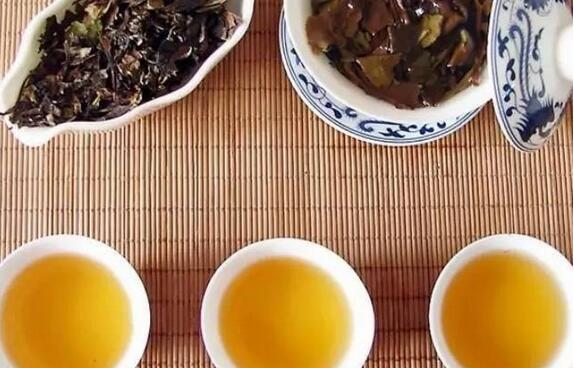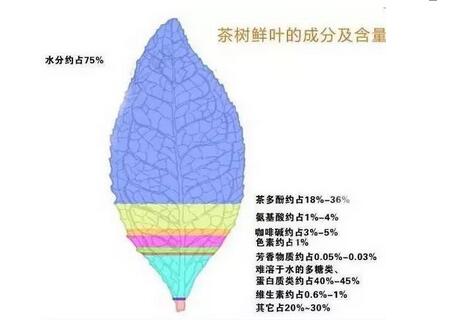"When drinking tea, the sensitive tongue quickly conveys the flavors of the tea to the brain, creating a sense of satisfaction or enjoyment. But what exactly are the substances behind these flavors?
The taste components in tea can be categorized into: sugars, amino acids, phenolic compounds and their oxidation products (mainly tea polyphenols), purine alkaloids (primarily caffeine), organic acids, and tea saponins. Among these, tea polyphenols, amino acids, and caffeine have the greatest impact on tea leaves quality. The flavor of tea is a comprehensive reaction of the taste organs to these components. Therefore, the varying proportions and quantities of these substances influence the overall taste of the tea.

Astringency—Phenolic compounds and their oxidation products
Among the phenolic compounds in tea, catechins are the most abundant. Esterified catechins have a bitter and astringent taste with strong astringency. The astringent sensation in some teas is mainly due to esterified catechins reacting with proteins in the oral mucosa, forming impermeable substances that cause a tightening sensation. From a sensory perspective, astringency is also a tactile response stimulated by nerve endings.
Bitterness—Purine compounds (mainly caffeine)
Among the purine compounds in tea, caffeine is the primary bitter-tasting substance. Due to its volatility when heated, the caffeine content decreases significantly with multiple infusions. Caffeine stimulates the central nervous system, activates brain cells, and promotes gastric and bile secretion, making it a key component in people's preference for tea.
Anthocyanins in tea also contribute to bitterness. When their concentration exceeds a certain threshold, the tea tastes noticeably bitter. For example, 15 mg of anthocyanins in 150 ml of tea produces a distinct bitter taste. Purple tea buds contain 1% or more anthocyanins, and summer tea, exposed to strong sunlight, has higher anthocyanin content, resulting in more bitterness and poorer quality.
Umami—Amino acids
Green tea is expected to have a mellow and refreshing taste, with sweetness and freshness largely attributed to amino acids. There are many types of amino acids in tea, each contributing differently to flavor. Theanine, unique to tea, is the most abundant. Other major amino acids include glutamic acid, aspartic acid, arginine, glutamine, and asparagine. Not all amino acids contribute to umami—most are sweet or bitter.
Research suggests that L-type amino acids are mostly bitter, with a few being sweet or umami, while D-type amino acids are all sweet. Naturally occurring protein-derived amino acids are L-type, so hydrolyzed proteins in tea mostly contribute bitterness. The configuration of free amino acids in tea is unclear, but they certainly contribute more than just umami—bitterness and sweetness are also present. The interplay of these flavors creates the diverse taste profiles of tea.
Sweetness—Sugars and other compounds
The sweetness in tea mainly comes from soluble sugars like monosaccharides and disaccharides. Although sugar content is low, the human tongue's varying sensitivity to sweetness and bitterness enhances the perception of sweetness after slight bitterness. This synergy between sweetness and bitterness creates a pleasant tea-drinking experience. Pectin and glycosides of phenolic compounds also contribute to the tea's mouthfeel, with water-soluble pectin adding thickness and richness.
